Writto - Goal: Forward


More Posts from Writto and Others
when i saw and heard chaoscontrolled123’s wonderful post about the 600 years old butt song from hell i just knew that i had to bring the piece to life
i present to you, the butt song from hell, with lyrics, so you can even sing along if you want:
butt song from hell
this is the butt song from hell
we sing from our asses while burning in purgatory
the butt song from hell
the butt song from hell
butts
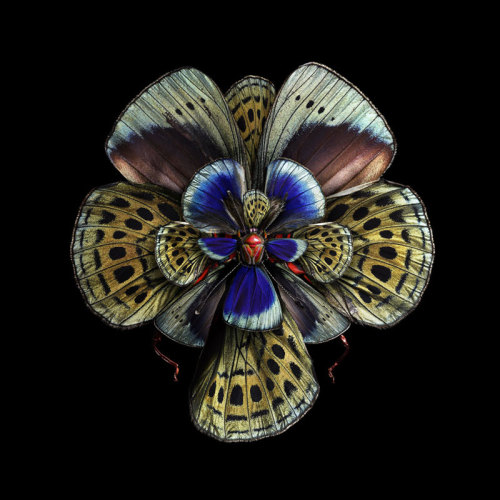
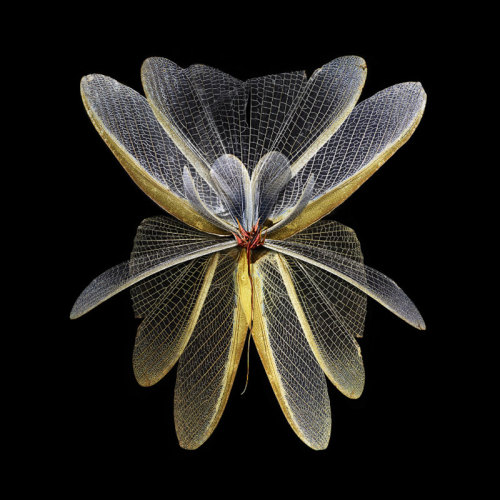
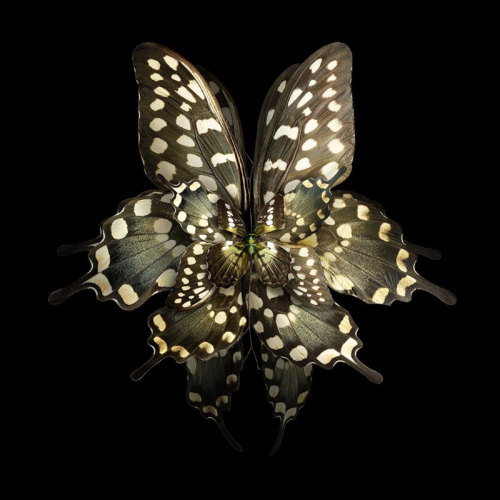
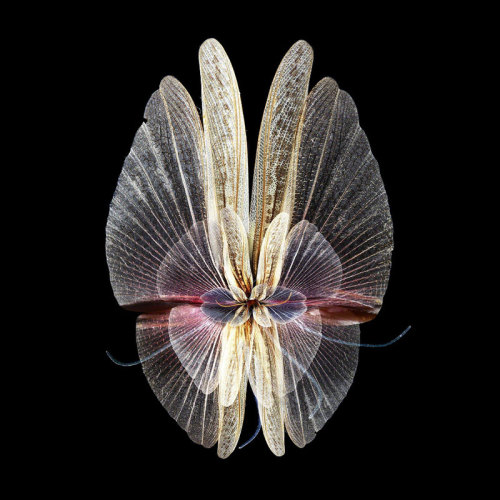
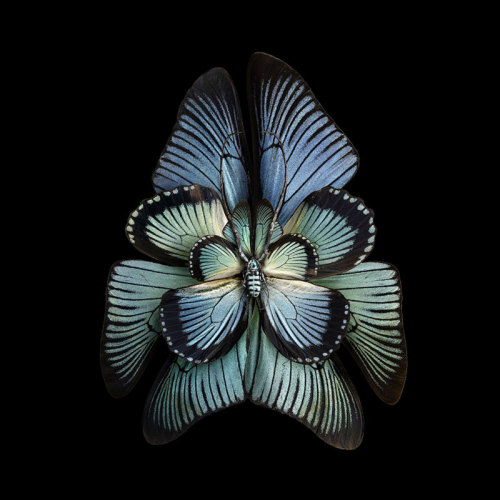
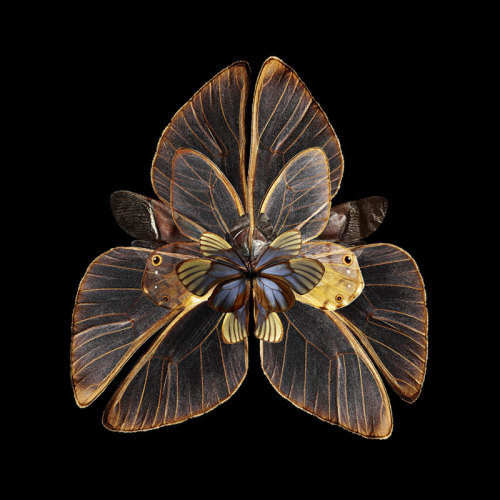
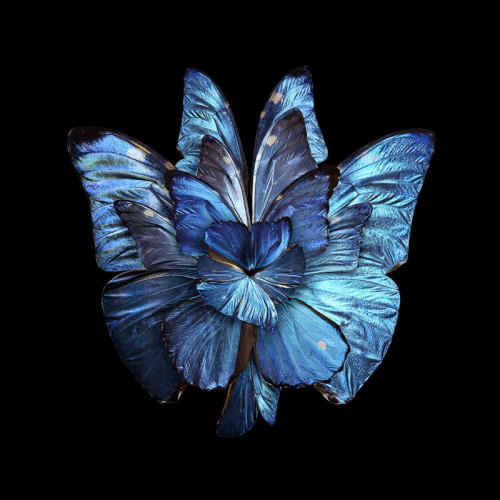
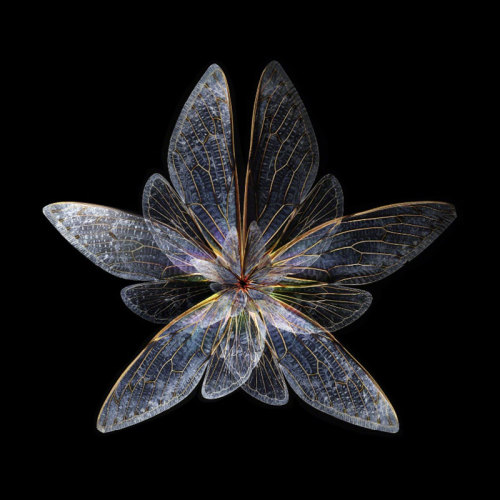
Wings of desire, Seb Janiak











Wonderful Mosaics color by Artist Erin Hanson
Erin Hanson transforms landscapes into abstract color mosaics using an impasto application of paint, where thick layers of paint create almost sculptural forms on the canvas. She tries to use as few strokes as possible without lamination, a process that has been called “open Impressionism. ”
source:library and chambre237



Image-To-Image Demo
Set of interactive browser-based machine learning experiments put together by Christopher Hesse turns doodles into images with various neural network trained image data. For example, in ‘edges2cats’, your simple doodle will be recreated with image data from a dataset of cat pictures:
Recently, I made a Tensorflow port of pix2pix by Isola et al., covered in the article Image-to-Image Translation in Tensorflow. I’ve taken a few pre-trained models and made an interactive web thing for trying them out. Chrome is recommended.The pix2pix model works by training on pairs of images such as building facade labels to building facades, and then attempts to generate the corresponding output image from any input image you give it. The idea is straight from the pix2pix paper, which is a good read. …
[On edges2cats:] Trained on about 2k stock cat photos and edges automatically generated from those photos. Generates cat-colored objects, some with nightmare faces. The best one I’ve seen yet was a cat-beholder.Some of the pictures look especially creepy, I think because it’s easier to notice when an animal looks wrong, especially around the eyes. The auto-detected edges are not very good and in many cases didn’t detect the cat’s eyes, making it a bit worse for training the image translation model.
You can also try doodles in datasets comprising of shoes, handbags, and building facades.
You can play around with the neural doodle experiments here

Two Minute Papers - Deep Learning Program Learns to Paint
Short video from Károly Zsolnai-Fehér explains simply how neural network artistic style transfer works, including new improved research work on the subject:
Artificial neural networks were inspired by the human brain and simulate how neurons behave when they are shown a sensory input (e.g., images, sounds, etc). They are known to be excellent tools for image recognition, any many other problems beyond that - they also excel at weather predictions, breast cancer cell mitosis detection, brain image segmentation and toxicity prediction among many others. Deep learning means that we use an artificial neural network with multiple layers, making it even more powerful for more difficult tasks. This time they have been shown to be apt at reproducing the artistic style of many famous painters, such as Vincent Van Gogh and Pablo Picasso among many others. All the user needs to do is provide an input photograph and a target image from which the artistic style will be learned.
Link





Capture the Sun, Andrew McIntosh


“Entropic Corporeality” from my #Metamorph show at @krabjabstudio Last day to see it in #seattle tomorrow!
-
 satansoldhissoultome reblogged this · 6 years ago
satansoldhissoultome reblogged this · 6 years ago -
 satansoldhissoultome liked this · 6 years ago
satansoldhissoultome liked this · 6 years ago -
 baodad liked this · 6 years ago
baodad liked this · 6 years ago -
 givemyaccoubtbacc liked this · 6 years ago
givemyaccoubtbacc liked this · 6 years ago -
 dreamlegend liked this · 6 years ago
dreamlegend liked this · 6 years ago -
 theoutsanityshoppe reblogged this · 6 years ago
theoutsanityshoppe reblogged this · 6 years ago -
 inkytae liked this · 6 years ago
inkytae liked this · 6 years ago -
 capiturecs liked this · 6 years ago
capiturecs liked this · 6 years ago -
 existentialvoidofexistence liked this · 6 years ago
existentialvoidofexistence liked this · 6 years ago -
 shuhey3ijhsy2wj-blog liked this · 7 years ago
shuhey3ijhsy2wj-blog liked this · 7 years ago -
 angelmarred liked this · 7 years ago
angelmarred liked this · 7 years ago -
 slightlymisplacednap liked this · 7 years ago
slightlymisplacednap liked this · 7 years ago -
 tinyfluffyshark liked this · 7 years ago
tinyfluffyshark liked this · 7 years ago -
 bright-trash liked this · 7 years ago
bright-trash liked this · 7 years ago -
 heck-me-m8 liked this · 7 years ago
heck-me-m8 liked this · 7 years ago -
 bossome117 liked this · 7 years ago
bossome117 liked this · 7 years ago -
 gabbiescanlon liked this · 7 years ago
gabbiescanlon liked this · 7 years ago -
 albatross-bumblehand liked this · 7 years ago
albatross-bumblehand liked this · 7 years ago -
 serotonine-tnt liked this · 7 years ago
serotonine-tnt liked this · 7 years ago -
 cozycthulhu liked this · 7 years ago
cozycthulhu liked this · 7 years ago -
 crowsmalone liked this · 7 years ago
crowsmalone liked this · 7 years ago -
 homocatphenomena reblogged this · 7 years ago
homocatphenomena reblogged this · 7 years ago -
 homocatphenomena liked this · 7 years ago
homocatphenomena liked this · 7 years ago -
 viciouscirce81 liked this · 7 years ago
viciouscirce81 liked this · 7 years ago -
 enderlord1st-blog liked this · 7 years ago
enderlord1st-blog liked this · 7 years ago -
 chickennuggetoverlordsthron-blog liked this · 7 years ago
chickennuggetoverlordsthron-blog liked this · 7 years ago -
 bigleacey liked this · 7 years ago
bigleacey liked this · 7 years ago -
 i-am-the-narwhal liked this · 7 years ago
i-am-the-narwhal liked this · 7 years ago -
 blackberryblindside liked this · 7 years ago
blackberryblindside liked this · 7 years ago -
 jackel2168-blog reblogged this · 7 years ago
jackel2168-blog reblogged this · 7 years ago -
 byamylaurens reblogged this · 7 years ago
byamylaurens reblogged this · 7 years ago -
 artsyprick liked this · 7 years ago
artsyprick liked this · 7 years ago -
 biuebirdy liked this · 7 years ago
biuebirdy liked this · 7 years ago -
 twowanderingfeet reblogged this · 7 years ago
twowanderingfeet reblogged this · 7 years ago -
 dr-pepper-tacos-blog liked this · 7 years ago
dr-pepper-tacos-blog liked this · 7 years ago -
 pinkbloodymurder-moved liked this · 7 years ago
pinkbloodymurder-moved liked this · 7 years ago -
 sodonesofun liked this · 7 years ago
sodonesofun liked this · 7 years ago -
 thatonebitchthatyoulike reblogged this · 7 years ago
thatonebitchthatyoulike reblogged this · 7 years ago -
 thatonebitchthatyoulike liked this · 7 years ago
thatonebitchthatyoulike liked this · 7 years ago -
 snowboundsurfer-blog liked this · 7 years ago
snowboundsurfer-blog liked this · 7 years ago -
 unsink-the-titanic liked this · 7 years ago
unsink-the-titanic liked this · 7 years ago -
 lovelyenbie liked this · 7 years ago
lovelyenbie liked this · 7 years ago -
 fuzzygayghost liked this · 7 years ago
fuzzygayghost liked this · 7 years ago
A simple reblog blog, aimed to support artwork, ideas and other mind candy.
42 posts